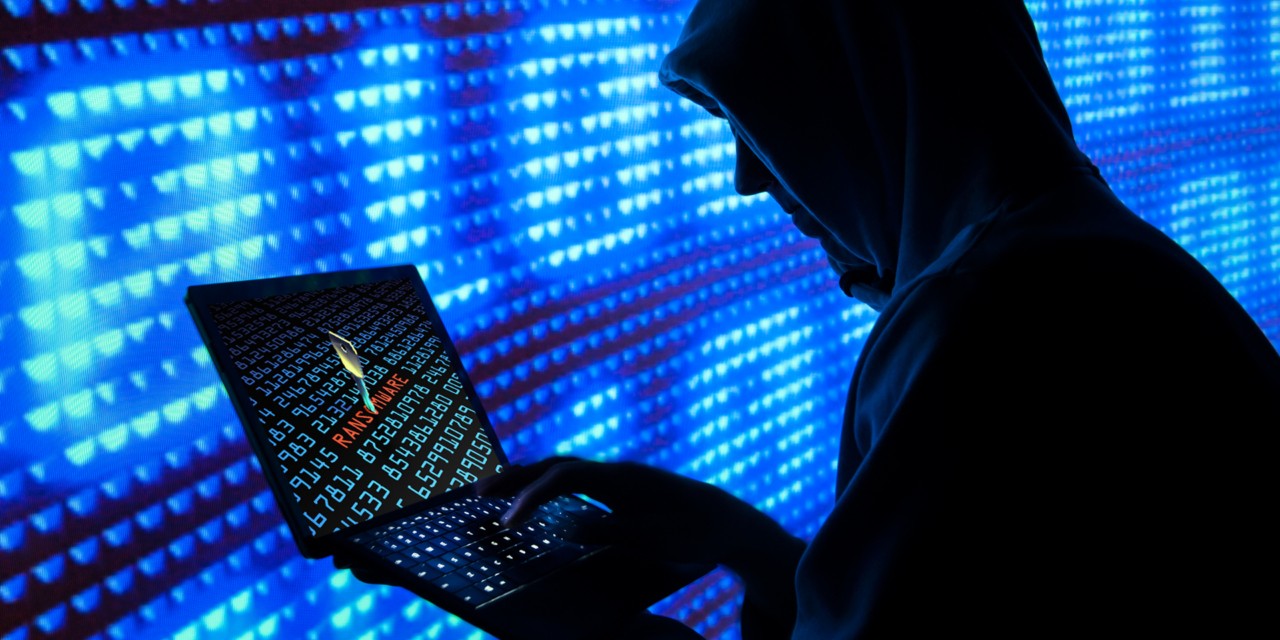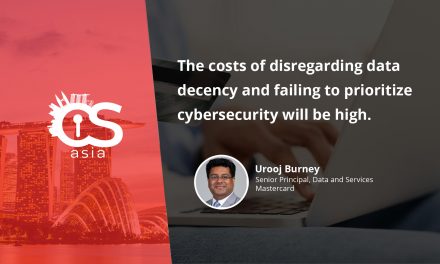If you cannot guess the right answer, all the more you should read this article!
Yes, you got it right. The issue of ransomware is now more critical than ever. With more than half of global managed service providers (MSPs) working to Datto reporting that the massive global shift to remote-working has resulted in increased ransomware attacks, businesses are now more vulnerable to the Number One cyberthreat.
According to Datto’s data gleaned from 1000+ global MSPs, 70% reported ransomware as as the most common and number 1 malware threat for SME, making it the malware threat to look out for this year.
In particular, some worrying trends to note are:

- SMEs are continuing to fall victim to cyber bait, as 54% of MSPs indicated that phishing emails were a leading cause of ransomware attacks.
- Other leading causes include:
- Poor user practices/gullibility (27%)
- Lack of cybersecurity training (26%)
- Weak password/access management (21%)
- Downtime was 50x more costly than the ransoms requested in 2020 (US$257,000 vs US$4,400 in the Asia Pacific region).
- The average ransom demanded by hackers from SMEs remained roughly the same year-on-year: US$5,600 per incident, compared to US$5,900 in 2019.
- Despite increased security spending, 50% of respondents reported that ransomware continued to avert cybersecurity efforts, especially anti-malware filtering (59%), and legacy signature-based antivirus (42%).
- Healthcare was reportedly the most vulnerable industry during the pandemic (59%), followed by finance/insurance (50%), and government (45%).
- 92% of MSPs predicted ransomware attacks will continue at current, or worses rates.
What to do about it
Datto has used the data to propose four broad actions for businesses in the region.
- Prepare the front line of defense: your employees. Provide regular and mandatory cybersecurity training to ensure all employees are able to spot and avoid a potential phishing scam in their inbox, a leading entrance point for ransomware.
- Leverage multiple solutions to prepare for the worst. Today’s standard security solutions are no match for today’s ransomware, which can penetrate organizations in multiple ways. Reducing the risk of infections requires a multi-layered approach.
- Mandate a continuity strategy. There is no sure-fire way of preventing ransomware, although antivirus, perimeter protection, and patch management are essential. Therefore, focus on how to maintain operational continuity despite a ransomware attack. A solid, fast, and reliable business continuity and disaster recovery solution is one part of that strategy. Backup solutions designed for fast restores are also critical.
Finally, the firm proposes businesses that cannot afford 24/7 IT cybersecurity teams use MSPs
to anticipate and protect against the latest cybersecurity threats.

















